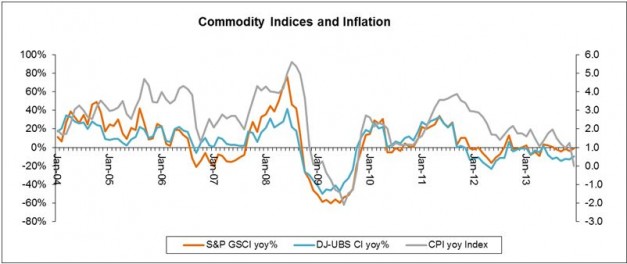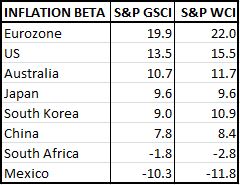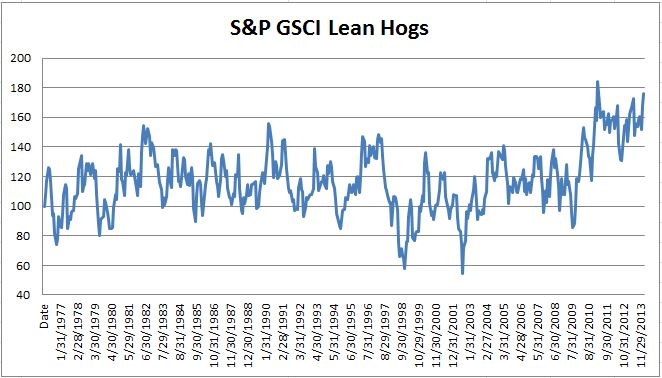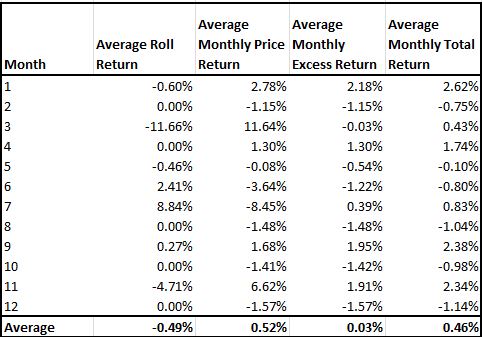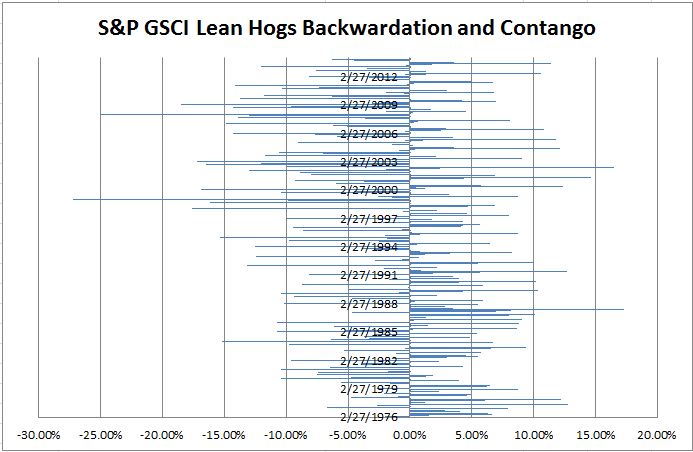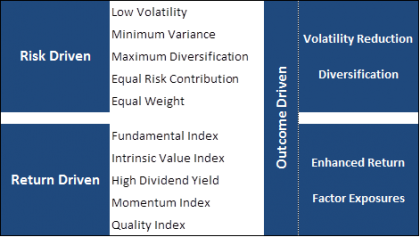Complete transcripts of the Fed’s policy meetings and conference calls are published with a five year lag. Last week the central bank released the transcripts from 2008, probably one of the more interesting years to “hear” word for word what the members of the FOMC were saying. The release was almost to the day the five year anniversary of the signing of the American Recovery and Reinvestment Act – better known as Obama’s stimulus — on February 17th 2009. These two events are generating discussion of both monetary and fiscal policy over the last few years along with a lot of Monday morning quarter-backing.
If journalism is instant history, then journalism with a five year lag is certainly not history written with sufficient time to digest events and gain perspective. Recent comments about both the Fed and the fiscal stimulus reflect current policy debates more than anything else. The comments also demonstrate that most of us have forgotten how dark the economy and the markets looked as Lehman collapsed and Congress rejected the first attempt to pass legislation to address the crisis. While acknowledging that we don’t yet understand everything that happened to the economy or why, it is still possible to draw a few conclusions with some possible pointers should such things happen again.
On the fiscal policy side, leaving aside the claims that fiscal policy doesn’t work, that it would have worked if it had been larger or that it did work because without we would have had a second Great Depression, a little bit of data: The US stock market bottomed out and turned up on March 9th 2009, about three weeks after the stimulus bill became law. US real (inflation adjusted) GDP quarter to quarter at annual rates were -8.3% in 2008:4, -5.4% in 2009:1, -0.4 in 2009:2 and +1.3% in 2009:3. Job losses bottomed in the first quarter of 2009 and were positive by the end of the year. In the numbers, the fiscal stimulus worked. There was a very deep recession but no second Great Depression. It is too early to give fiscal policy and the stimulus law a final grade, but it certainly passed and made a large positive contribution.
The Fed transcripts run about 1500 pages including meetings, phone calls and supporting documents. The number of commentators who have read through all the documents is probably very small (and does not include me). From the selections reported and repeated in the media and among blogs, one hears of moments of great insight as well as surprise, shock and sometimes scant comprehension of what was happening. A few things that were learned, and shouldn’t be forgotten, include: what absolutely can’t happen sometimes does, it is difficult to forget or eliminate yesterday’s fears (such as inflation) and just because something hasn’t been done before is not a reason to not do it. In the end the Fed recognized the liquidity had vanished, that the solvency of many major institutions was being questioned and that no one would accept any risk. The central bank took steps to address these issues with the focus on liquidity and risk by pushing interest rates to zero and flooding the market with liquidity. The resulting rise in asset prices helped address some of the solvency problems. Inflation, five years later, is lower now than it was iat the beginning of 2008. Through the comments echoed in the media both Chairpersons – Ben Bernanke and Janet Yellen – come across as having understood the problems as quickly as anyone while maintaining a sense of perspective and humor.
The posts on this blog are opinions, not advice. Please read our Disclaimers.










































